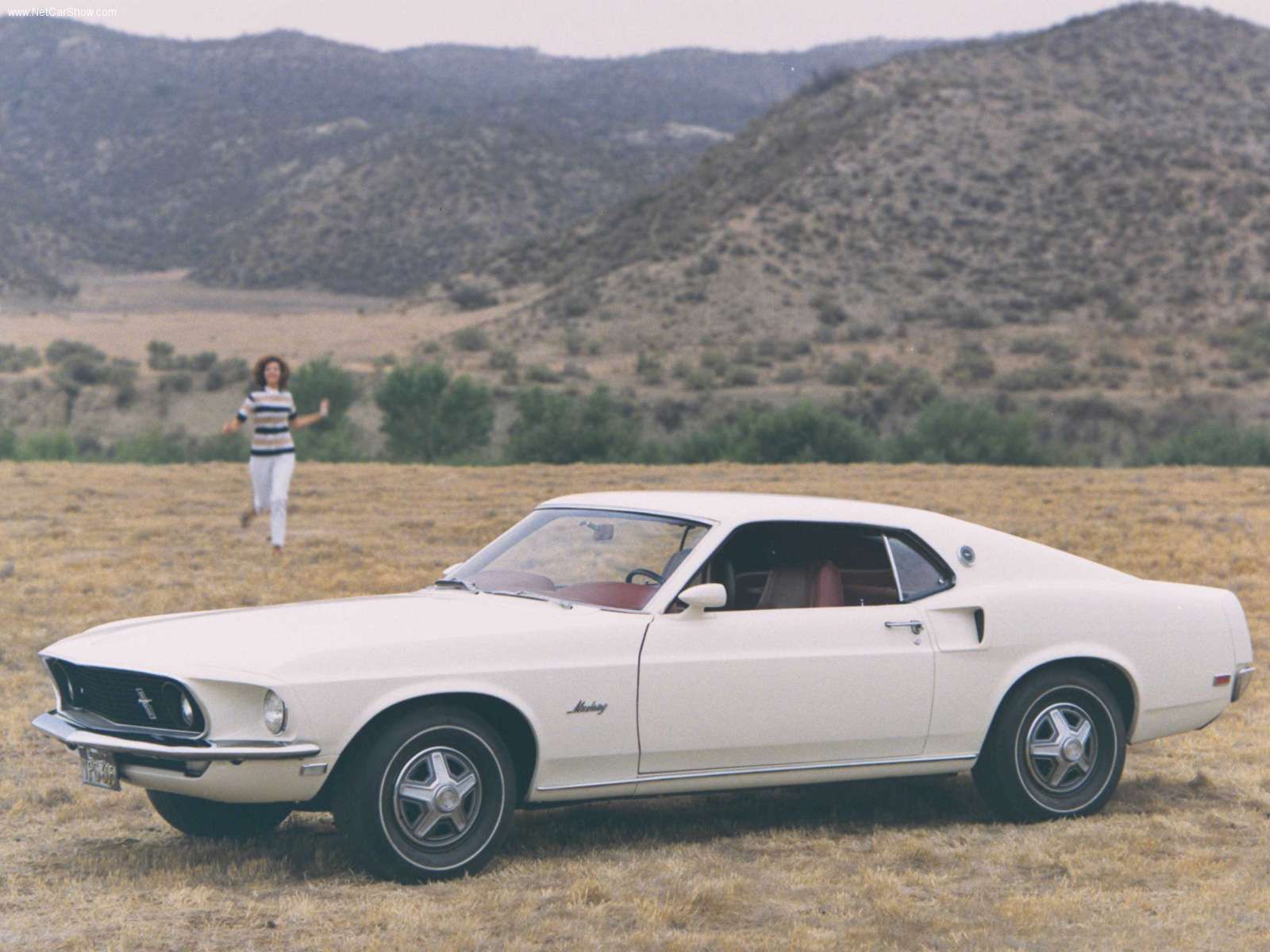1969 Ford Mustang E
This was a SportsRoof Mustang with a 250 cubic inch six cylinder, a 2.33/1 rear gear ratio, a high stall torque converter and a C-4 Select Shift automatic transmission. The only outward difference was the insignia on the rear quarter panel said ” Mustang E” rather than showing the running horse insignia.
The Mustang E was produced in 1969 for those looking for more of an economic friendly Mustang. With it’s 250 cubic inch six-cylinder engine, the Mustang E fit those who desired high mpg. A high stall torque converter for the standard automatic transmission also came with the car, as well as a very low 2:33:1 rear axle ratio. These Mustangs were identified by the lettering on their rear quarters.
The 1969 model year is often seen as one of the high water marks for the Mustang — Ford offered no less than six high-performance variants of its signature pony car including the very first Mach 1. One interesting footnote to this memorable time in pony car history is the Mustang E. Limited to just 50 models, the Mustang E represented a more fuel-efficient take on the pony car, foreshadowing the direction the brand would follow in the early ‘70s.
The Mustang E is one of the rare early Mustangs known more for its fuel-efficiency than its performance. Signifying “economy,” the Mustang E was meant as a high MPG alternative to its gas-guzzling brethren. In a way, its existence was in keeping with Ford’s “something for everyone” approach to marketing the Mustang in the late ‘60s — the same era that spawned the launch of countless regional special editions in markets throughout the country.
Offering a fuel-conscious Mustang seems like a natural extension of this strategy, although Ford kept its expectations for the Mustang E low, producing only 50 units. Available only as a fastback, the Mustang E featured a 250 CID six-cylinder engine, a high-stall torque converter and a rear axle with a 2.33:1 ratio. To further reduce the car’s fuel consumption, air conditioning was not available. In addition to the changes under the hood, the Mustang E can be identified by the unique badging on its rear fenders.






Low stall torque converter, not high stall.
I’m pretty sure that the 1969 mustang E came with Air-conditioning and power steering.